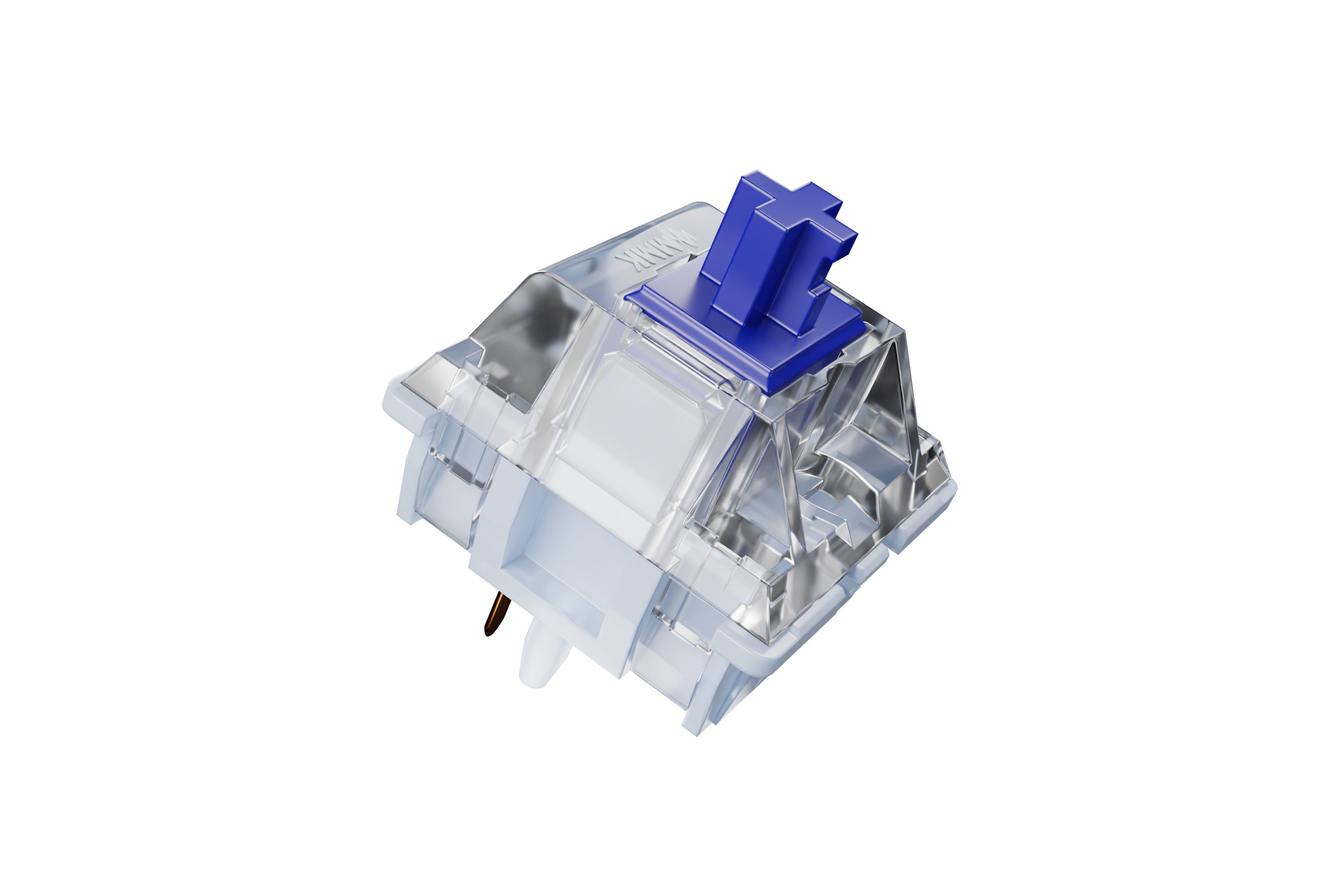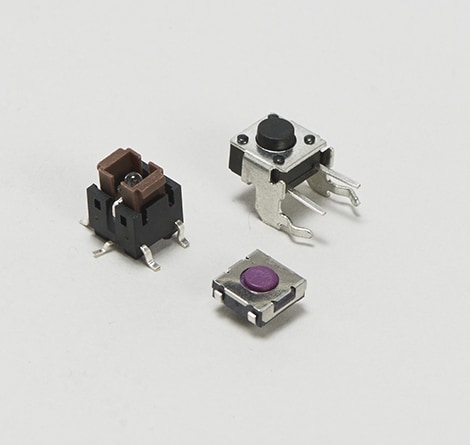Many professionals rely on tactile switches to reduce fatigue while typing for long hours.
Recognizing the Benefits of Tactile Changes for Improved User Experience
Responsive switches are essential to modern interface, giving physical responses that enhances communication precision and customer contentment. These systems are particularly important in environments where rate and accuracy are extremely important, such as in video gaming or professional settings. By offering an unique feeling upon activation, tactile buttons confirm user inputs without the demand to divert aesthetic attention, enhancing task execution and decreasing mistake rates. This mix of immediate physical action and reliability welcomes more exploration right into their broader ramifications and benefits.
Exploring the Mechanics of Tactile Changes
To comprehend just how tactile switches improve customer experience, it is vital to explore their auto mechanics. Responsive buttons run through a system that customers can really feel and listen to when a key is pressed. This is accomplished by including a tiny dome or bump within the switch, which creates resistance at a certain point in the keypress pathway. Once this point is gone beyond, the resistance gives way, creating a recognizable 'click.' This physical sensation is crucial as it offers prompt physical feedback to the customer, validating that the input has been made without needing to trigger the switch totally.
The building of these switches varies, but common materials consist of steel for the calls and rubber or silicone for the tactile dome - tactile switches. These components are crafted to hold up against numerous cycles, making certain durability and constant performance gradually. This dependability makes tactile buttons specifically preferred in atmospheres that demand quick, precise customer input
Exactly How Tactile Comments Enhances Accuracy and Rate
Lots of users locate that responsive comments from buttons substantially enhances both the precision and speed of their communications with devices. The unique physical experience offered when a responsive switch is activated permits individuals to confirm their input without requiring to double-check aesthetically. This confirmation is essential in settings where attention is divided across multiple tasks, as it makes sure inputs are both willful and correct.
In addition, the immediate comments from responsive buttons reduces the moment taken between activities. Customers do not have to push tricks multiple times to guarantee activation, resulting in quicker feedback times. This performance is especially beneficial in high-speed keying circumstances where each nanosecond can contribute to general efficiency.

Moreover, the enhanced sensory experience minimizes customer exhaustion and boosts interaction, making interactions a lot more user-friendly and less prone to mistakes - tactile switches. Hence, responsive buttons not only enhance the functionality of a tool yet additionally add to a much more gratifying individual experience
The Role of Tactile Switches in Gaming Performance

Additionally, tactile buttons add to quicker response times. The physical sensation verifies the vital press without the need to base out the tricks, enabling quicker inputs and a smoother video gaming experience. you could check here This is particularly useful in games that demand rapid and repetitive keystrokes, where speed is commonly as crucial as precision.

Tactile Switches in Professional Environments
Tactile buttons are similarly transformative in professional environments, where effectiveness and ergonomic design enhance performance. These switches, typically found in high-precision key-boards, are valued for their responsive feedback - tactile switches.
In settings like control areas or workshops, tactile switches are incorporated right into tools for their reliable efficiency. They offer drivers the certainty required in high-stakes environments, making certain that every command or modification is executed as meant. This reliability, combined with the responsive response, assists maintain high levels of focus and functional effectiveness, crucial in preserving operations and meeting view publisher site expert standards.
Comparing Tactile and Non-Tactile Interface
Just how do tactile individual interfaces contrast to their non-tactile counterparts? Tactile user interfaces, such as those with physical switches or distinctive surfaces, provide instant physical feedback via touch.
The selection in between tactile and non-tactile interfaces often depends on the application's context and customer requirements. Tactile user interfaces are vital in circumstances requiring procedure without direct line of sight, such as driving or in particular industrial settings.

Final Thought
In conclusion, tactile buttons dramatically enhance user experiences by offering essential physical responses. By supplying a much more instinctive and satisfying communication, tactile switches confirm remarkable to non-tactile user interfaces, making them a recommended selection for users seeking reliability and performance in their news interactions with innovation.